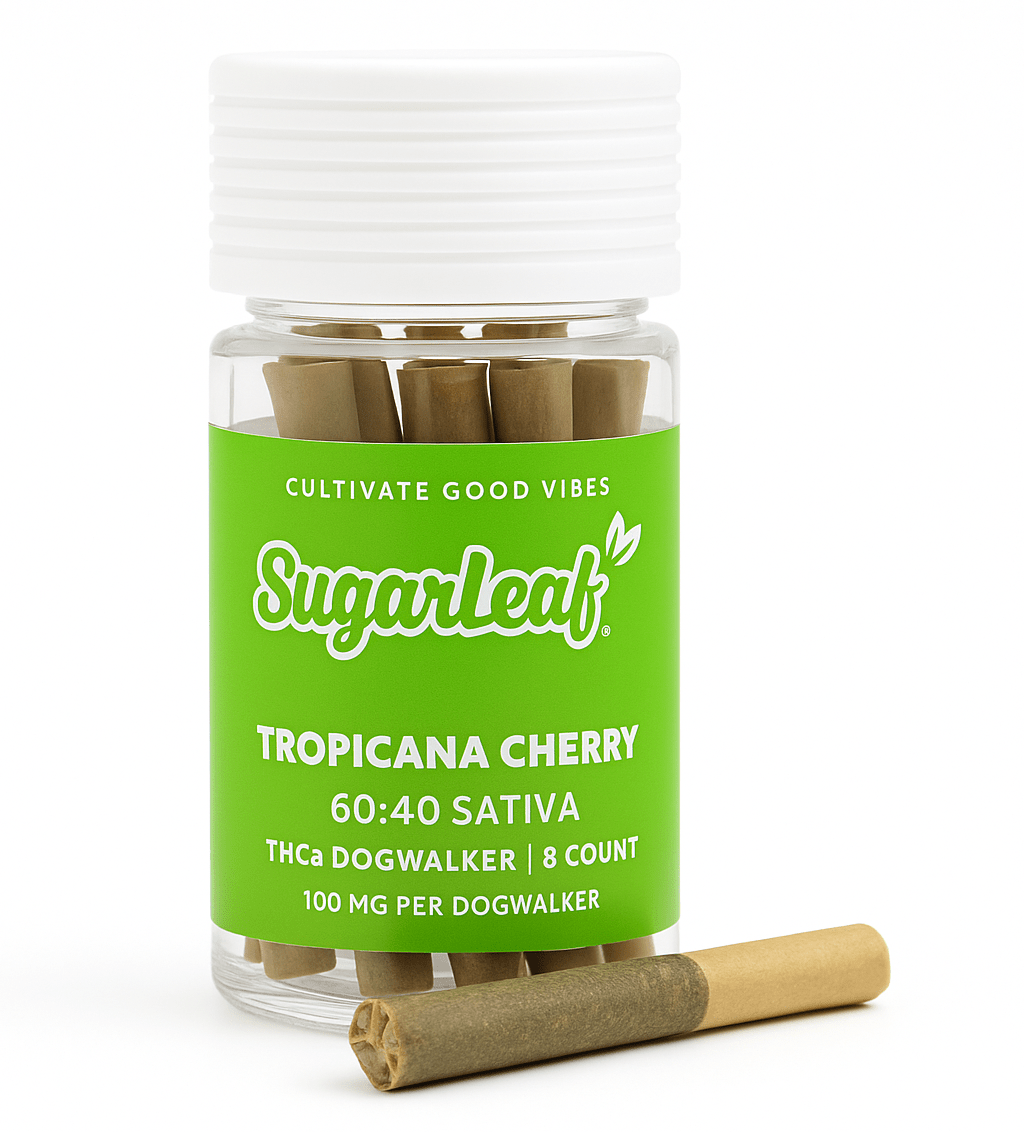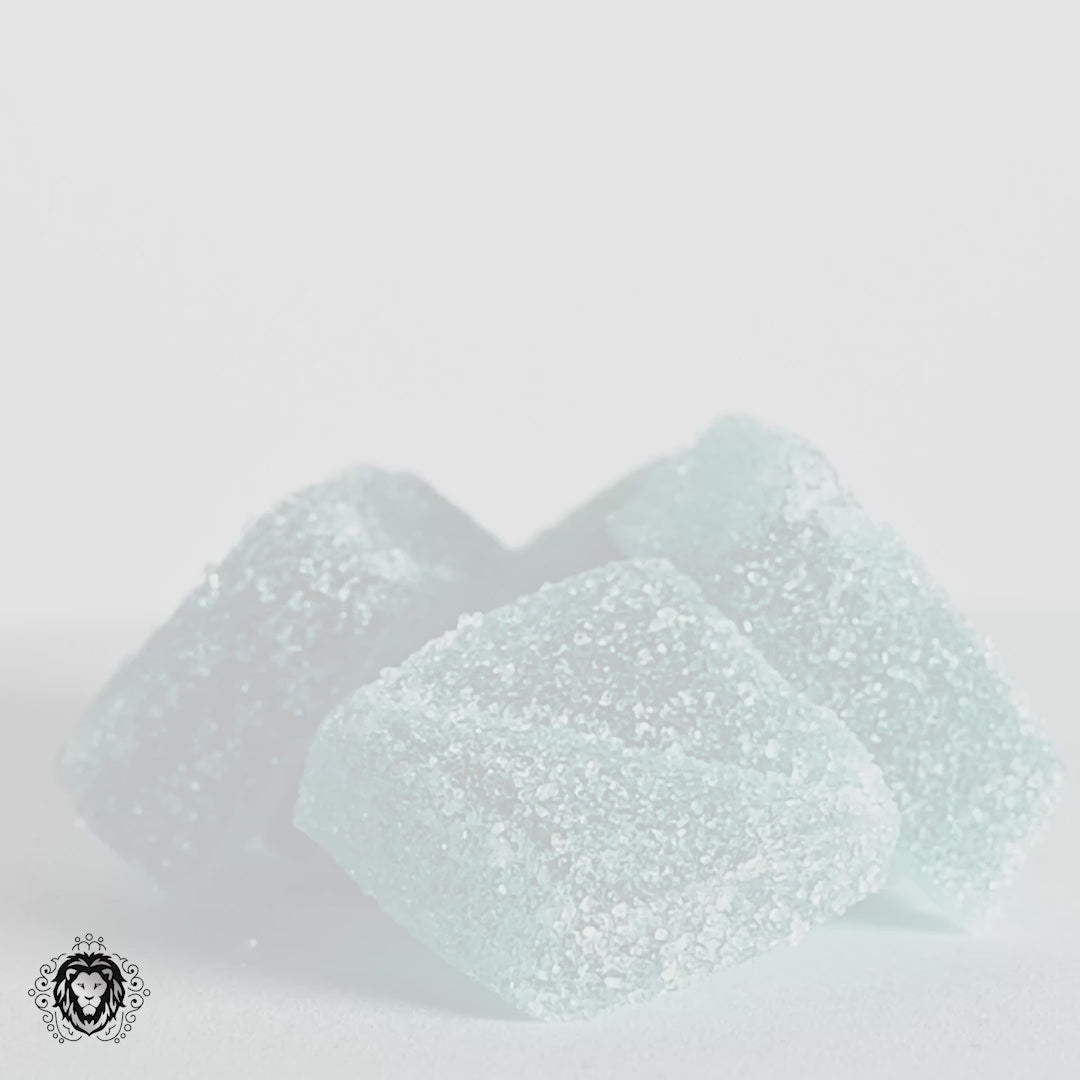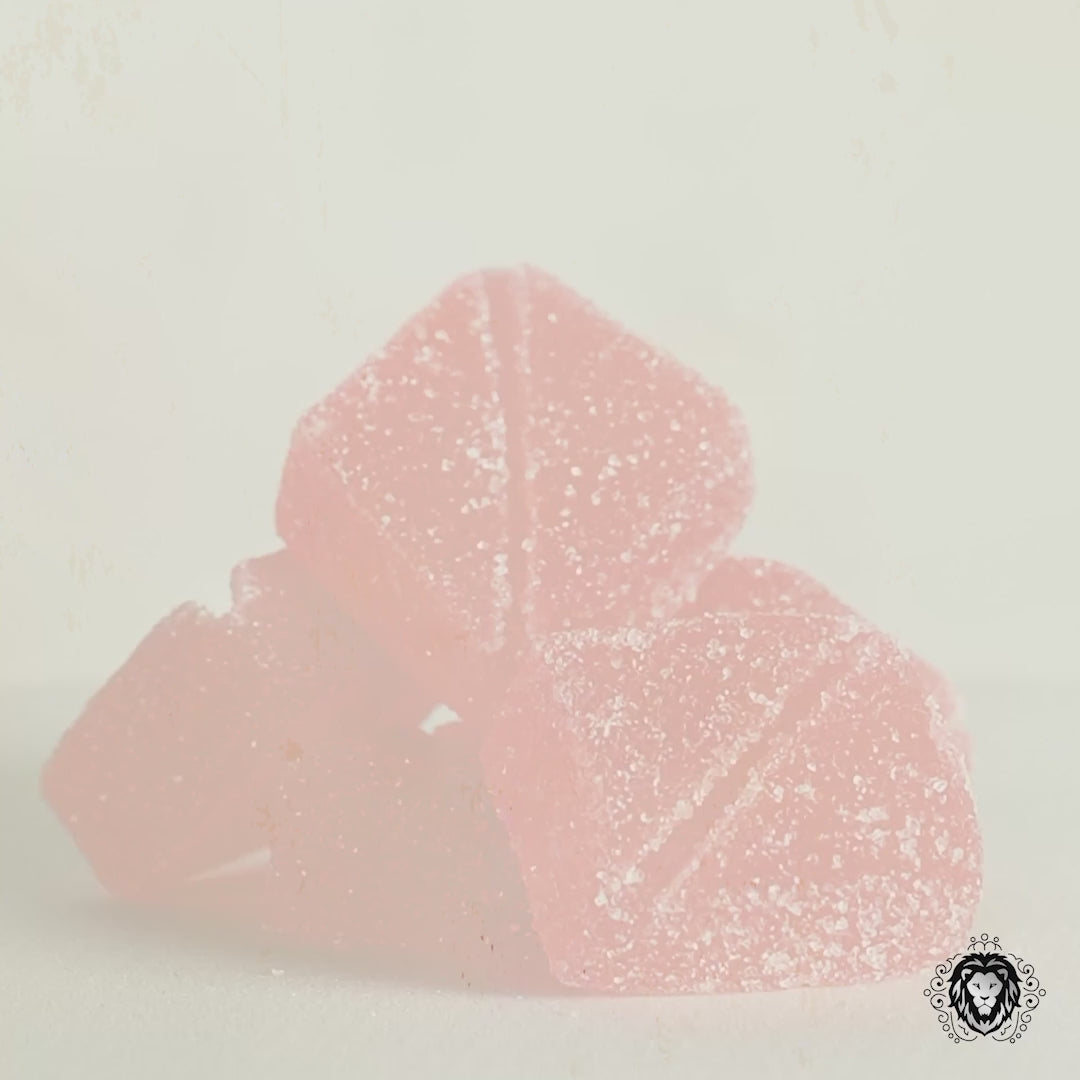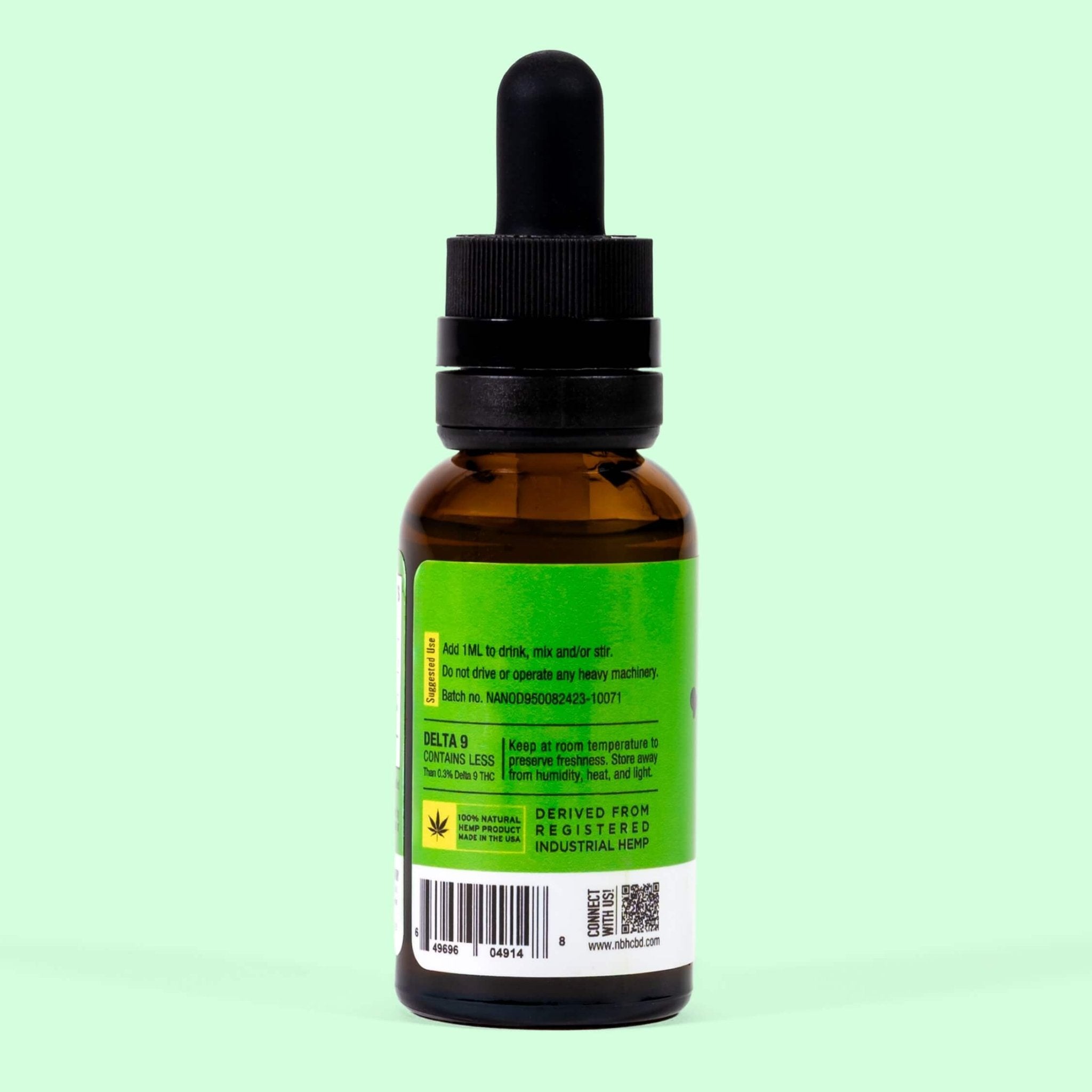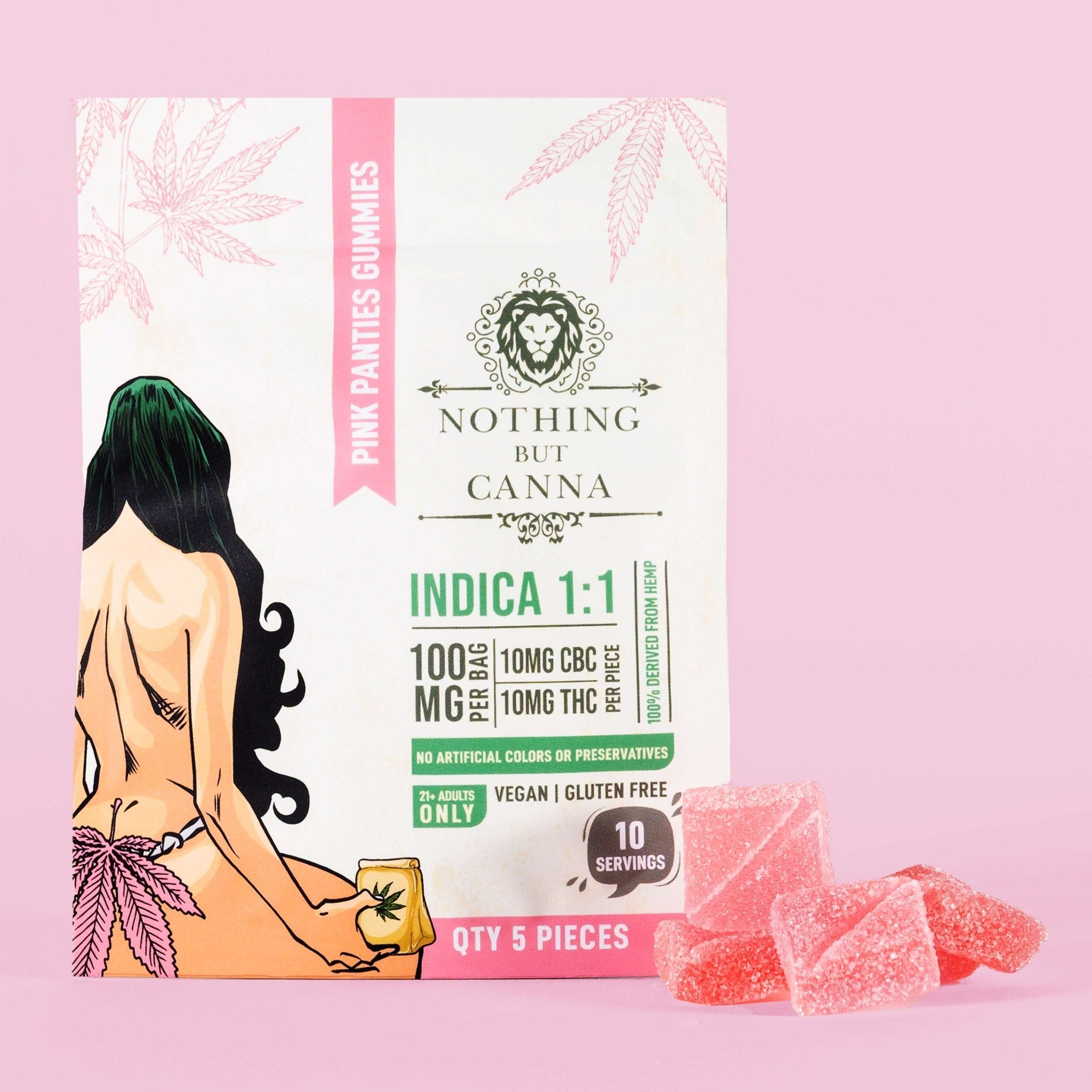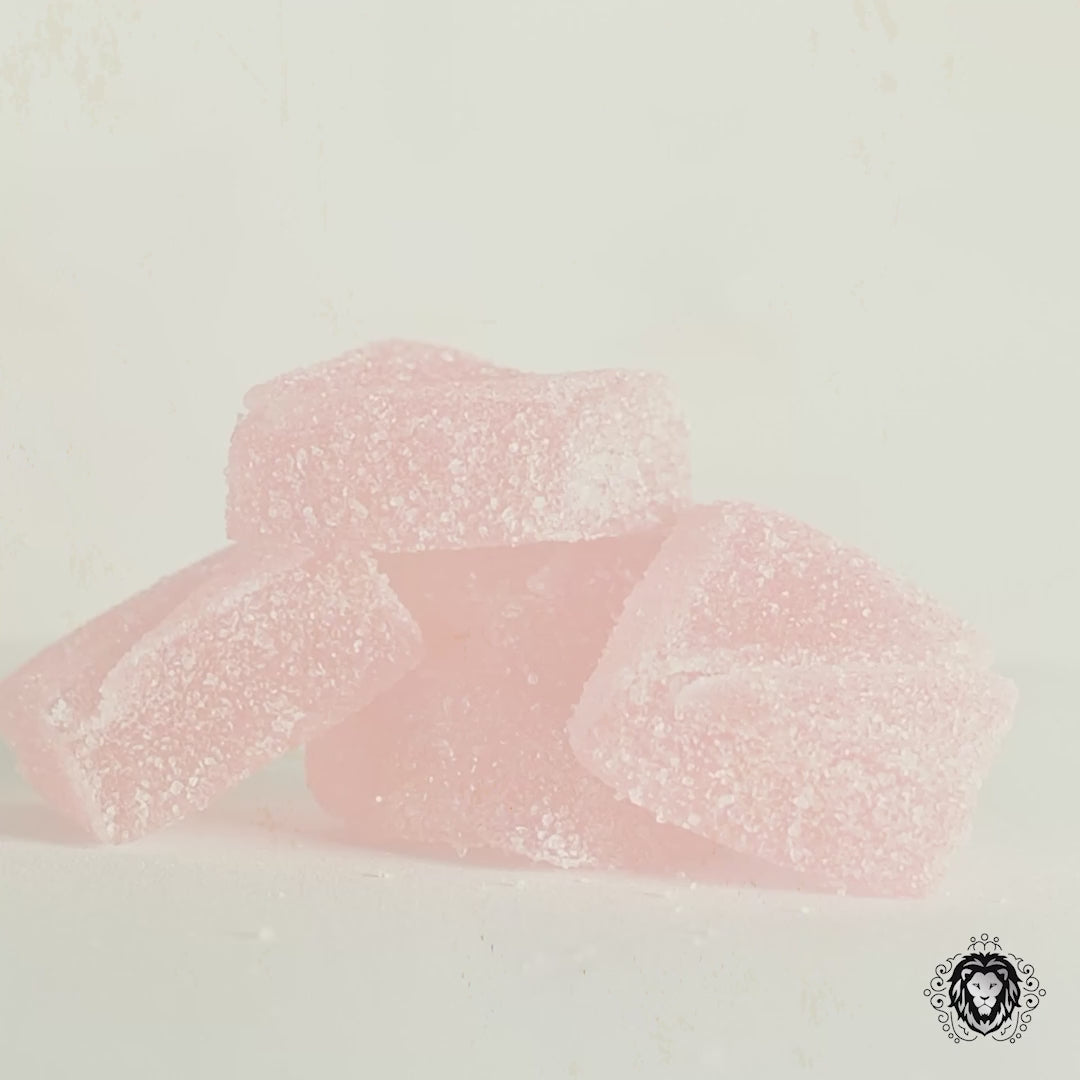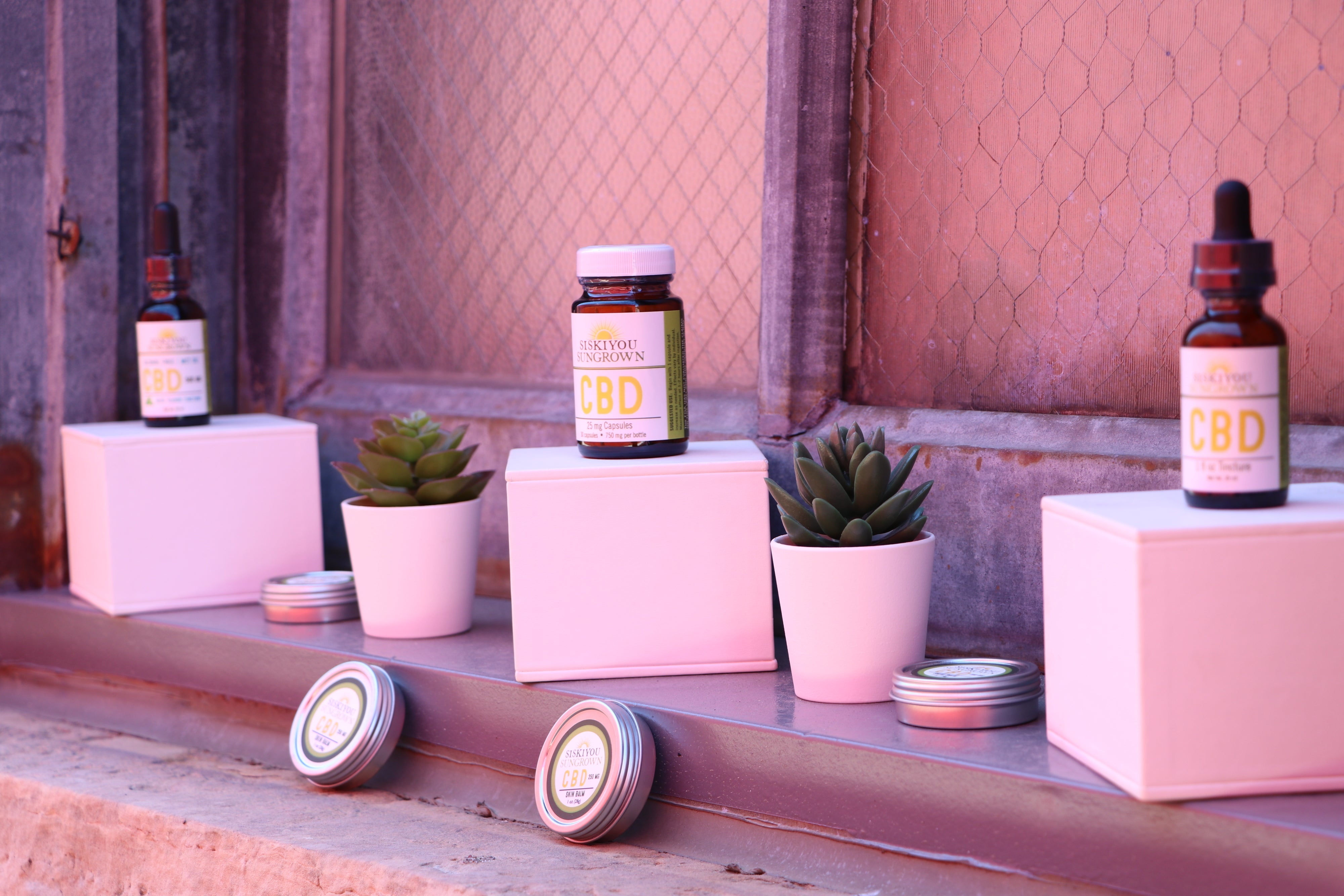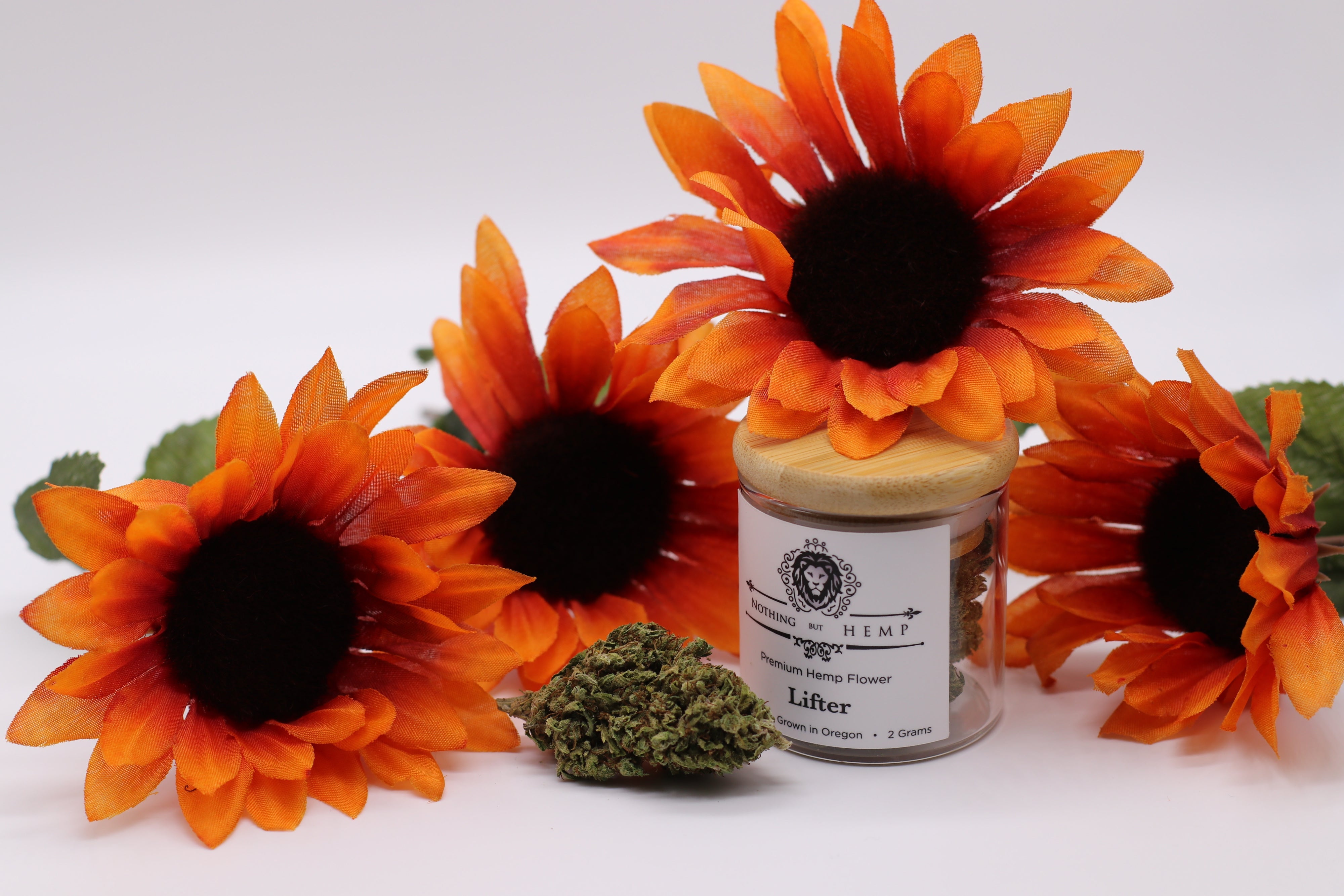
As the first ever legal harvest season of hemp has come around since last year’s legalization of the plant, states and localities have forged their own unique ways to take advantage of America’s new miracle crop.
From aquaponics to pumpkin-patch inspired self-harvest hemp crops, there seem to be as many ways to reap the newly-popular hemp crops as there are uses for them, including oil extracts, edibles and other offerings.
In Vermont, farmers of hemp have found success this season by attracting curious cannabis fans to pick their own hemp flower, apple orchard style.
“The same way you pick your own apples, [or] you pick your own blueberries,” Johanna Polsenberg of Baramu Farm told an NBC affiliate in Stannard, Vermont. [2]
There are as many as 900 licensed hemp farms in the state where some farms hope hand-picking will expose more and more people to the phenomenon of non-psychoactive cannabis products, according to the report. [2]
In some states, farmers have turned to an indoor, urban approach to farming the hemp that they didn’t expect would be the most effective in the face of adverse weather conditions that have made normal farming more difficult. [3]
This was surprising to some, seeing as hemp crops require relatively little water and are well known for growing in a variety of climates with few pesticides.
"We know for sure that farmers, especially urban farmers, can create new jobs. So, let's incentivize and encourage that job creation," Tennessee Representative Rick Staples told CBS affiliate WVLT. [3]
David Bolt of the Sustainable Future Center told WVLT about the prospects for hemp farming methods. "We had a number of workshops where I was surprised at the number of hemp growers that came. We did an aquaponics class not too long ago, and out of the 30 people that came, about 8 or 10 of them had hemp licenses.” [3]
In Wisconsin, a recent legislative push to ease the difficulties of hemp farmers passed the senate and is on its way to complete adoption across the state. While prospects are exciting and offer plenty of room to expand and profit, planting and harvesting a brand new crop is full of uncertainty.
"Until your crop is sold, it isn't worth anything,” farmer Michael Brady told Galesville, WI local outlet News 8000. "We hope we are going to do all right. Time will tell.” [4]
Sources
[1] https://www.wsj.com/articles/farmers-start-to-get-high-on-hemp-11570647008
[2] https://www.mynbc5.com/article/vermont-farm-offering-pick-your-own-hemp-farm-trip-baramu/29465086#
[3] https://www.wvlt.tv/content/news/Urban-hemp-farming-offers-alternative-563076641.html




